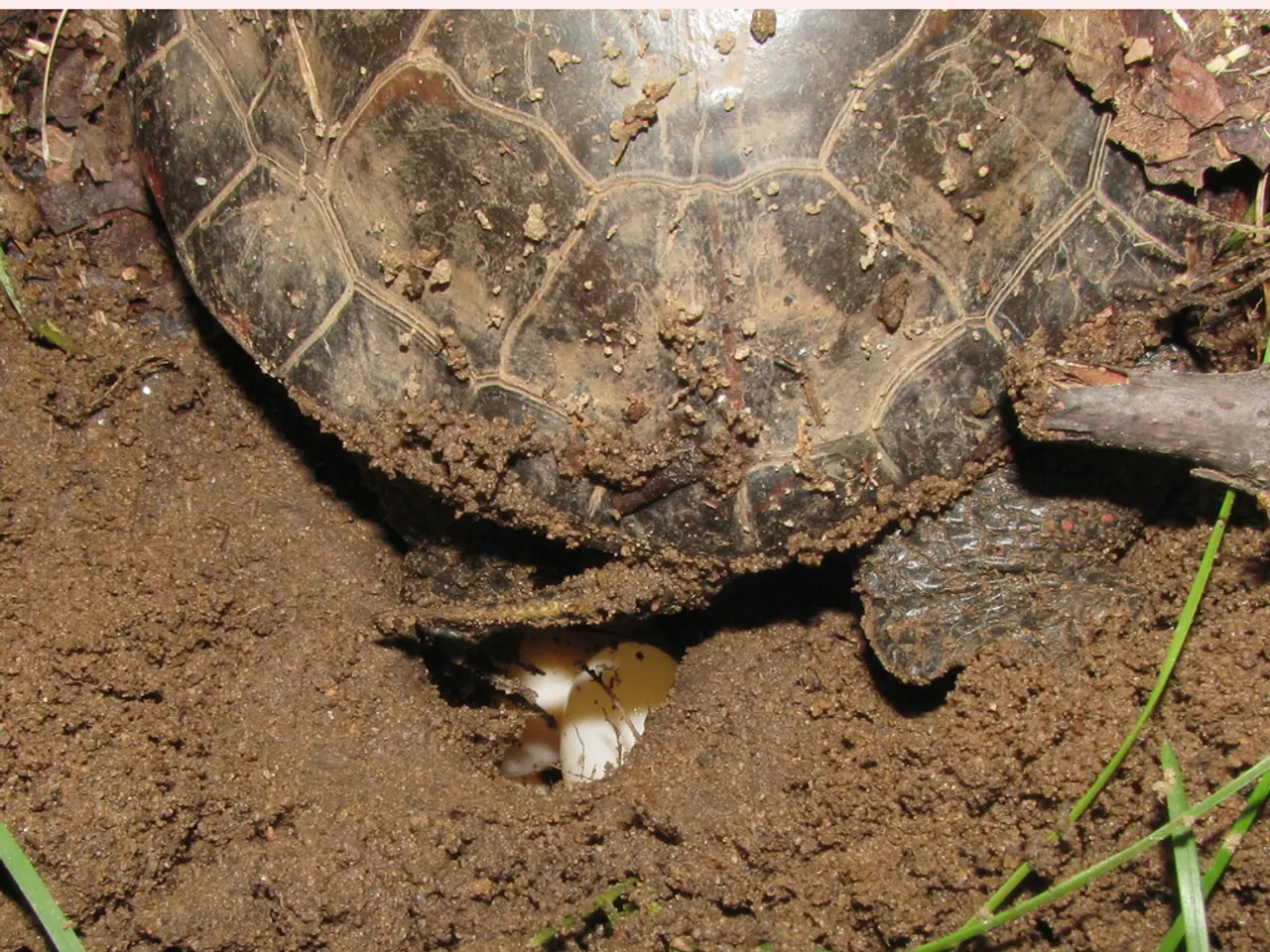Soil Composition: An Ally or Adversary for Plant Growth?
Sandy soil, known for its light brown colour and grainy texture, is a unique growing medium that presents both challenges and opportunities for gardeners. Its well-drained nature and low water-holding capacity make it ideal for certain plants, while its lack of nutrients requires careful management to ensure healthy growth.
**Plants That Thrive in Sandy Soil**
Some plants are perfectly suited to the dry conditions and well-drained environment of sandy soil. These include succulents and cacti, many herbs like rosemary, thyme, and oregano, and certain types of grass, especially those native to coastal areas.
Other plants that thrive in sandy soil include lavender, Artemisia, Rosemary, Sedum, Salvia, Giant Allium, Sweet Alyssum, Butterfly Bush, Siberian Pea Shrub, Rose of Sharon, Mimosa, Eucalyptus, and Purple Robe. Sun-loving crops such as tomatoes, zucchini, and corn also perform well in the heat-retaining and well-drained habitat of sandy soil.
Onions and garlic, being heavy feeders, also grow well in the warm, well-drained environment of sandy soil. Turnips can tolerate the harsh conditions of sandy soil but require regular watering and fertilisation to thrive. Native plants such as Coreopsis often thrive in nutrient-poor, sandy soils.
**Improving Plant Health in Sandy Soil**
Enhancing the health of plants growing in sandy soil involves a few key strategies. Firstly, adding organic matter such as compost and manure can improve the soil's water-holding capacity and fertility, which is crucial for sandy soils that tend to leach nutrients quickly.
Using balanced fertilizers is also important, as sandy soils require more frequent fertilization due to their inability to retain nutrients. Selecting nitrogen-fixing plants like beans or peas can naturally enrich the soil, while mulching around plants can help retain moisture and reduce evaporation.
It's also essential to monitor the pH and nutrient levels of your soil to ensure optimal conditions for plant growth. Adjust the pH if necessary using lime or sulfur-based products.
**Challenges and Opportunities**
Despite its challenges, sandy soil offers a unique opportunity for gardeners to cultivate a diverse range of plants. With careful planning, the right choice of plants, and a bit of TLC, you can create a thriving garden in sandy soil.
- Fashion-and-beauty tip: Opt for cacti or succulents as houseplants for a low-maintenance and stylish addition to your home decor, perfect for managing moisture in sandy soil-like conditions.
- Technology can play a part in maintaining a healthy garden in sandy soil by providing smart irrigation systems that help regulate water usage and conserve resources.
- A balanced diet isn't just crucial for human health-and-wellness, but it's equally important for the nutritional needs of plants growing in sandy soil. Providing well-balanced fertilizers and organic matter ensures the plants get the essential nutrients they need to thrive.
- Green thumb tip: Consider incorporating environmental-science principles into your sandy soil garden by promoting biodiversity through the use of beneficial insects and pollinators that can aid in pest control and pollination.
- Skin-care and environmental-science go hand in hand with promoting sustainable gardening practices. By choosing native plants and implementing water-saving techniques, you contribute to the health of the environment and reduce the need for harsh chemicals that can harm the skin and overall ecosystem.
- Food-and-drink enthusiasts can embrace sandy soil in their garden by planting sun-loving crops like tomatoes, zucchini, and corn that thrive in its well-drained habitat, creating a fresh and delicious harvest.




